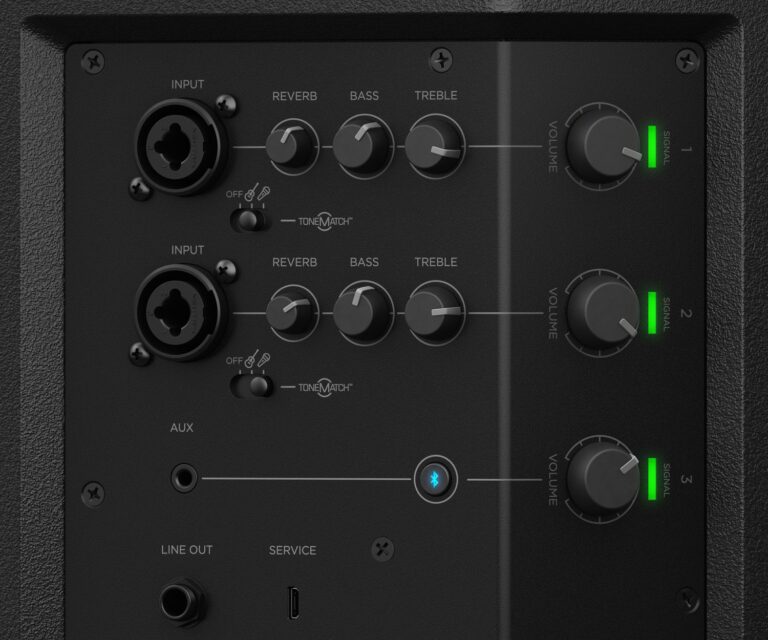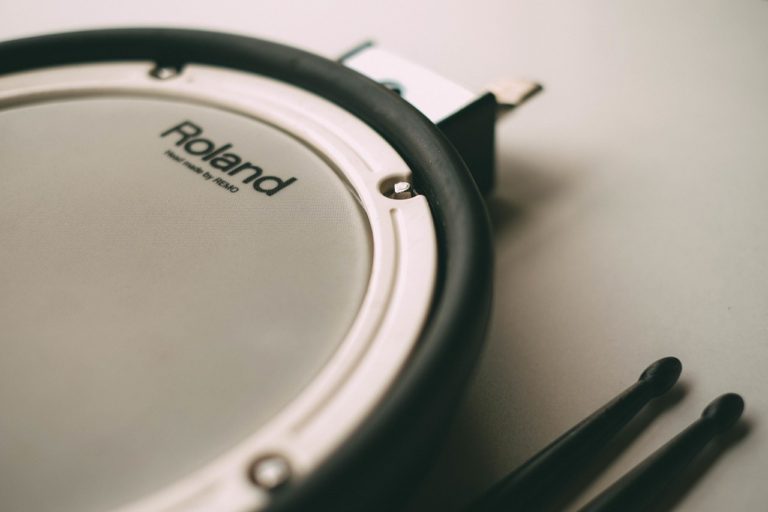Why Don’t Violins Have Frets? Three Big Reasons
Stringed instruments like guitars, banjos, and ukuleles have frets. Violins seem to be an odd duck compared, as it’s one of the only stringed musical instruments that don’t follow the trend. Why don’t violins have frets?
One reason: The violin has no frets because the strings are placed close together and must be played with exactness. Violinists learn how to space their fingers to play certain notes over time. Frets also change string frequencies and limit the number of notes that can be played.
Nowadays, a violin doesn’t have a fret for more than one reason. To find out more about those reasons, check out our article.
1. Instrument Needs
The absence of frets on a violin makes switching between notes quickly easier and doesn’t negatively affect the violinist’s ability to use vibrato.
Vibrato requires wiggling the finger rapidly and slightly up and down while playing a note. Violins also use crazy slides where their finger slides up or down the fingerboard to varying pitches. These pitches, also known as portamentos, often occur during violin solos.
Why Do Guitars Get Frets While Violins Don’t?
While certainly not always the case, guitars have frets and are often used as accompanying instruments. They are also huge, requiring more of a guide than violins.
The frets on a guitar are extremely helpful for playing chords without having to look while one plays. Placing the correct fingers across the guitar to play chords accurately on such a large instrument would be difficult without frets. Few guitars don’t have frets, and those would be complex to play.
Violins play the melody of a song. In other words, guitars are typically used to play backup chords to support a lead singer’s voice. In contrast, violins play a dynamic and expressive melody and function as the lead singer of an orchestra. Both of these instruments are made to support their primary functionality.
Violins can play extremely fast melodies with a bow. The curved fingerboard of a violin makes it easy to play a blistering number of different notes across the scale. It would be hard to put metal frets on a curved fingerboard.
2. Intonation, Sound, and Tuning
The primary reason why violins do not feature frets is for better intonation and tuning. Violins are flexible in changing pitch and tune compared to fretted string instruments. Flexibility allows players to be creative in playing the notes of a song.
This flexibility is in direct contrast to an instrument like a piano. While a piano plays notes discretely, a violin plays notes continuously and can play a range of tones. The violin’s lack of frets ties into its purpose as a bowed instrument that plays notes continuously.
How Sound and Size Relate in Violins
Frets aren’t on violins because of how small they are. Violins have a very small fingerboard, even compared to classical instruments like the bass, cello, and viola. Frets would cramp the fingerboard and make it more difficult to play how it was intended to be played.
You might say that smaller frets would help mitigate this issue. However, there is another issue: interference. A fretted guitar’s strings are stopped by the frets, which makes the sound last longer (or more “continuous”) and gives the guitar a certain sound.
The violin also has a distinct sound and timbre. Putting frets on a standard violin would lower its sound quality. The frets would make the sound buzzier, in addition to being unnecessary because violins are rarely plucked. Additionally, the violin strings can be damaged easily.
Guitars are divided by frets to be tuned to the standard 12-part division of an octave that most modern Western instruments are tuned to. Of course, a guitarist might play notes in between or slightly off of frets and thus play the guitar as if it were tuned differently, but most fretted guitars were not designed to do so. Violins can easily be used to play according to different “tunings.”
Pure Thirds – Why You Can’t Do Them With Frets
There is also the matter of playing perfect or pure thirds. Pure thirds are easy enough to play on a violin. They are difficult to play on a standard guitar and impossible to play on a piano. Playing double flats or double sharps, as well as any number of different “out of tune” variations on a violin, is made easier by the lack of frets.
In the end, violins can conjure a unique and beautiful sound because of the lack of frets. Frets have rarely been a part of violins throughout their development.
3. Historical Reasons

One of the biggest reasons why violins don’t have frets is because of a critical development in music history. Violins were louder than their fretted (but bowed) instrument counterpart, the viol, which varied in size but had six strings. This more audible sound contributed to the popularity of the violin, as it was played frequently in concert halls to large audiences.
Bass viols were played past the Renaissance era into the 1700s but fell out of favor shortly after. The violin and all its contemporary counterparts, including the bass, cello, and viola, all followed the fretless trend that the violin pioneered.
Those before must’ve realized it was easier to play violins without frets. The reasons above were discovered through years of trial and error. In the end, the fretless versions of violins were easier on the fingers, allowed more expression, and allowed musicians to play a wider range.
Frets are also made of metal if you look at modern guitars. To put them on a violin, violin makers would have to cut a hole in the small, thin fingerboard, making it less sturdy. That weaker sturdiness would wear out the neck quickly, as frets are built to deal with constant pressure.
While frets can make it easier to place your fingers in the right places, there are other tools that violinists can use to memorize where their fingers need to be to play notes correctly.








